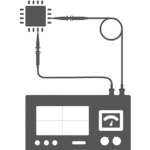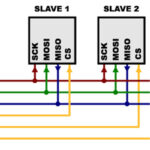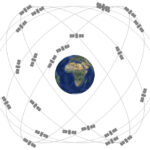IQD is pleased to present its new chip-scale atomic clock (CSAC), ICPT-1. The ICPT-1 uses the Coherent Population Trap (CPT) method to obtain a very stable frequency.
While common rubidium oscillators detect the atomic transition with the help of a rubidium discharge lamp (Rb lamp), the ICPT-1 uses a laser to induce quantum transitions. A major advantage of the laser is much lower power consumption. Additionally, the life cycle of an Rb lamp is very limited – typically around ten years – whereby the laser has a much longer life expectancy.
Users have the possibility to connect either an external 1 PPS input or take the internal clock for a 1 PPS output for synchronization in various applications. Whilst in free-running mode, relying on the internal clock of the ICPT-1 as the source of the 1 PPS signal, the ICPT-1 offers a suitable holdover behavior. Digital frequency adjustment and optional 1 second time of day (TOD) counter can be accessed via a UART serial communication interface.
Housed in a 36.0 x 45.0 x 14.5 mm package, the ICPT-1 is smaller compared to traditional rubidium oscillators and comes with a current consumption of only 500 mA @ 3.3 V typically. With its frequency tolerance of 0.05 ppb, its short-term stability of 0.09 ppb @ Tau = 1 s, and its aging of only 0.03 ppb per day this product is comparable to common standard Rubidium products.
Among others, the device is ideal for synchronization or as a reference clock in satellite & secure communications, navigation systems, and also in financial, utility, security, and communications timing applications.







Leave a Reply